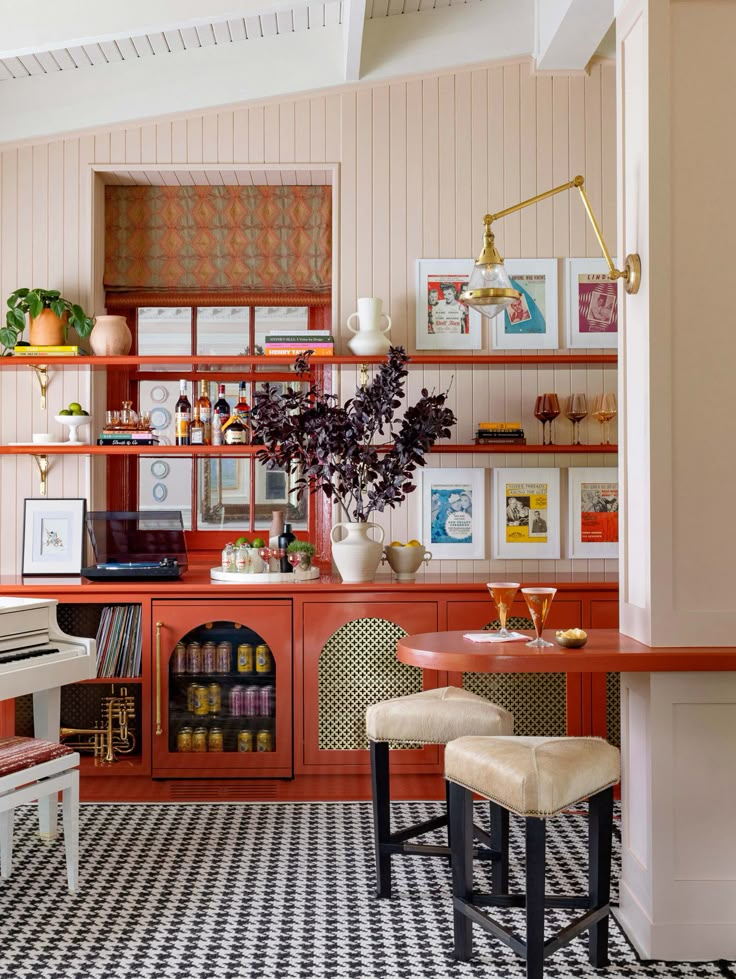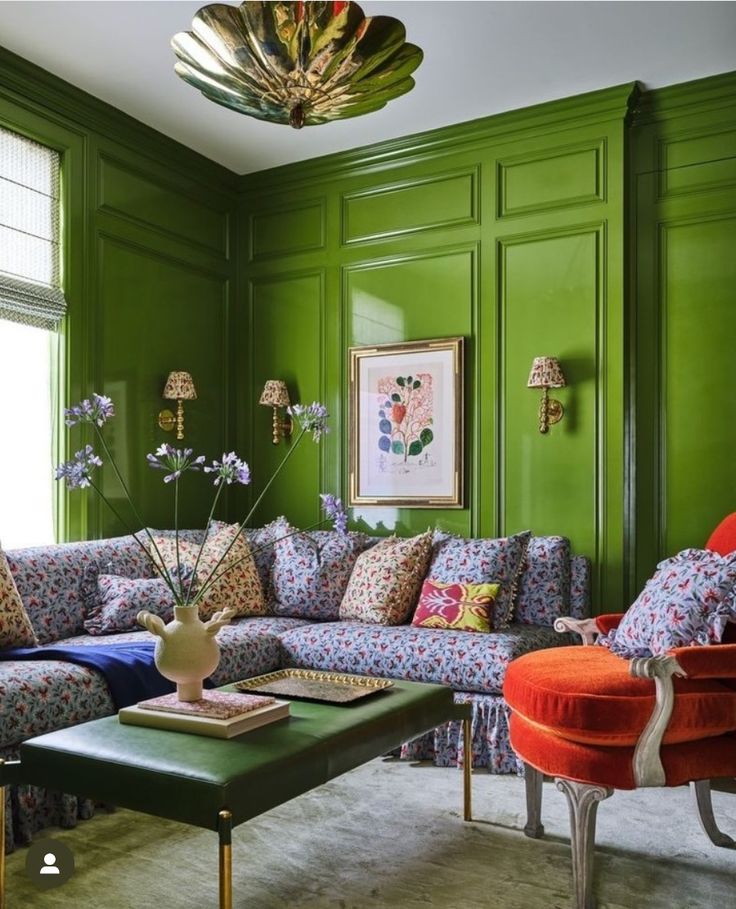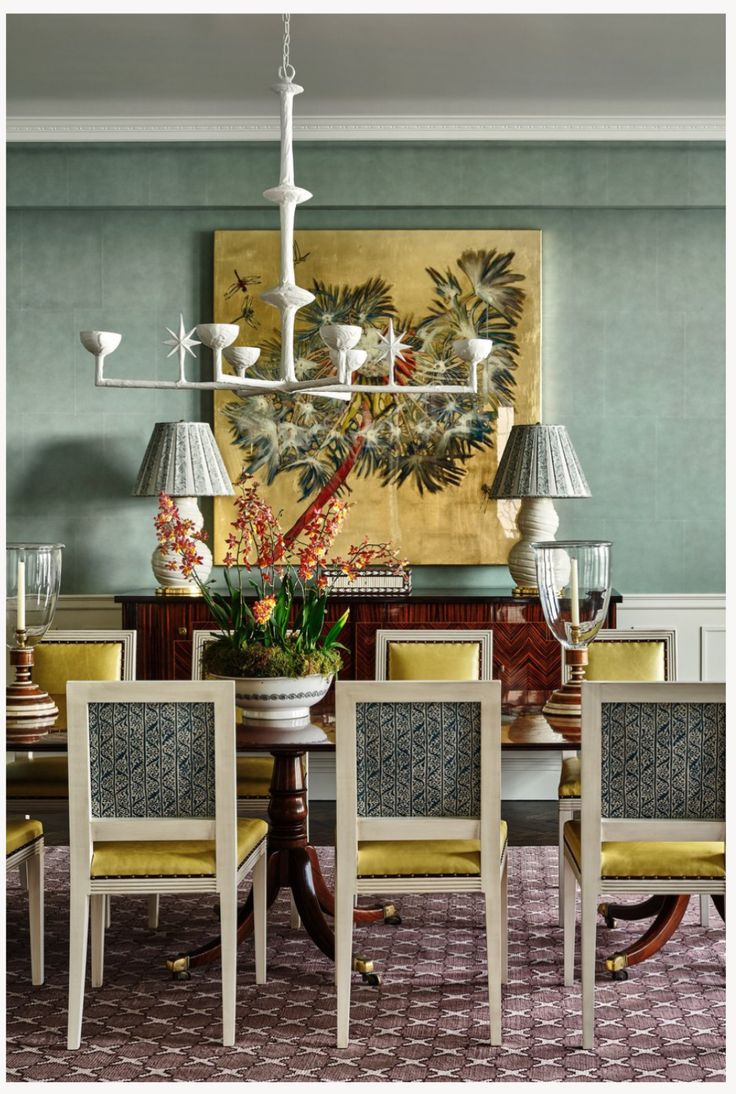The Castles and Manor Houses of Cinema’s Greatest Period Films via AD
Have you often wondered where these British classics movies were filmed?
I certainly have.
I hope you can hunker down and watch a flick or two and stay warm on this cold winter weekend.
I am so busy shopping till I drop in NYC.
Enjoy this AD article featuring some of the greatest British architectural gems.
THE CASTLES AND MANOR HOUSES OF CINEMA’S GREATEST PERIOD FILMS
Anxiously awaiting the new season of Downton Abbey? (Us, too.) Get your posh-period-piece fix with this slide show of stately piles and sumptuous interiors from such beloved films as Howards End and Jane Eyre

Remains of the Day
Production designer Luciana Arrighi and set decorator Ian Whittaker earned Oscar nods for their work on the 1993 Merchant Ivory drama Remains of the Day. Exterior shots were filmed at the magisterial Dyrham Park in Bath, England, a baroque mansion built in 1692, which is set amid a centuries-old deer park.

Remains of the Day

Jane Eyre
Charlotte Bronte’s timeless romantic novel, Jane Eyre, is set in early-19th-century England. For the 2011 film version, Wrotham Park, in Hertfordshire, about 20 miles outside London, doubled as Gateshead Hall, where Jane (played by actress Mia Wasikowska) spent her childhood. The estate has also enjoyed its moment in the spotlight in period films such as Great Expectations (2012), Vanity Fair (2004), and Gosford Park (2001), as well as the comedy Bridget Jones’s Diary (2001).

Jane Eyre
Production designer Will Hughes-Jones created the Gothic Revival– and Elizabethan-style interiors seen in many of the estates used in the film, including the medieval manor Haddon Hall (where, in the movie, tapestries hide a secret door) and Wingfield Manor, both in Derbyshire. Shown here is actor Michael Fassbender as Mr. Rochester at his home Thornfield Hall, which was shot at Haddon Hall.

Brideshead Revisited
Granada Television’s popular 1981 miniseries adaptation of Evelyn Waugh’s novel Brideshead Revisitedachieved a cult status similar to Downton Abbey in its day; a Hollywood film version, starring Emma Thompson and Michael Gambon, followed in 2008. Waugh’s tale of the aristocratic Marchmain family caught between two world wars was set at Castle Howard in North Yorkshire for both productions. Touted as one of the grandest—and with 145 rooms, one of the largest—private residences in Britain, the country house has been home to the noble Howard family for over over three centuries.

Brideshead Revisited
Production designer Alice Normington created richly textured and decadently sumptuous interiors for the film, which is set amid the waning of the English nobility’s reign before the Second World War. With a great hall that rises 70 feet from floor to magnificent domed ceiling, Castle Howard emerges as a central character in the production—and subsequently as one of Britain’s most popular tourist attractions. Shown lounging above in the 2008 screen adaptation are, from left, actors Matthew Goode, Hayley Atwell, and Ben Whishaw.

Atonement
While researching interiors for the movie Atonement (2007), production designer Sarah Greenwood and set decorator Katie Spencer discovered photographs of Stokesay Court in the archives of Country Lifemagazine. Located in Shropshire, the Victorian manor, built in 1892 and one of the first homes in England to have electric lighting, served as the ideal prewar setting for the adaptation of Ian McEwan’s best-selling novel. The estate, which had been abandoned and had fallen into disrepair, required considerable restoration before filming could take place.

Atonement
Greenwood and Spencer took inspiration from the design styles of the venerable British firm Colefax and Fowler, spending hours searching through chintz fabrics for the perfect florals to convey the movie’s time period—prewar Britain at the peak of summer. The drawing room walls were painted arsenic-green, the kitchen was outfitted in cream tones, and the upstairs rooms were treated with light, flowery motifs. Keira Knightley and James McAvoy, as the film’s protagonists Cecilia Tallis and Robbie Turner, are seen here.

Howards End
Producer Ismail Merchant and director James Ivory teamed with longtime collaborator and production designer Luciana Arrighi to create the idyllic settings for their 1992 film version of Howards End. Based on the novel by E. M. Forster, the movie explores the distinctions of three social classes in rapidly industrializing turn-of-the-20th-century England. The ivy-, blossom-, and wisteria-covered Peppard cottage, near Henley-on-Thames in Oxfordshire, was transformed into the almost-mythical Howards End, the country home of the Wilcox family and a symbol of rural English tradition. The cottage was formerly owned by Lady Ottoline Morrell, one of the more influential society hostesses of the Edwardian era.

Howards End
Academy Award–winning designer Arrighi notes, “I love doing period pieces, as you have to create the whole atmosphere of the age in people’s houses and how they live.” She designed the interiors with a claustrophobic, Edwardian opulence that reflect the emotional states of the two main characters: Henry Wilcox, played by Sir Anthony Hopkins, and Margaret Schlegel, played by Emma Thompson.

Mansfield Park
Jane Austen’s novel Mansfield Park, the story of a young woman who moves in with her wealthy relatives, was adapted for the big screen in 1999. The film was shot at Kirby Hall, an Elizabethan manor in Northamptonshire, England, which stood in as the titular estate. Built in 1570 by the Lord Chancellor to Queen Elizabeth I, the house has been semi-abandoned since 1810.

Mansfield Park
Created by production designer Christopher Hobbs, the early-19th-century–style sets were more modern and minimal than those from the usual Jane Austen costume dramas. Shown above is the ball scene, which was filmed in a candlelit room at Kirby Hall.

Pride and Prejudice
The 2005 film version of Jane Austen’s Pride and Prejudice, starring Kiera Knightley as Elizabeth Bennet, features a variety of period interiors, including the ostentatious brocade, damask, and gilt-filled drawing room of Lady Catherine’s home, Rosings Park, which was filmed at Burghley House in Lincolnshire, England. Production designer Sarah Greenwood and set decorator Katie Spencer wanted the setting to depict an excessive display of wealth. The walls of the room in this scene with, from left, Keira Knightley, Tom Hollander, and Claudie Blakly were painted by Italian muralist Antonio Verrio.

Pride and Prejudice
Standing in for Pemberley House, the estate of Bennet’s suitor Mr. Darcy, was North Derbyshire’s Chatsworth House. Home to the Duke and Duchess of Devonshire, the Elizabethan-style mansion boasts one of Europe’s great private art and sculpture collections. The house was also featured in the 2008 filmThe Duchess.

Vanity Fair
The 2004 costume drama Vanity Fair, adapted from William Makepeace Thackeray’s novel of the same name, depicts English society in the early 1800s. The film’s lavish party scenes and lush garden idylls were set in and at numerous Georgian- and Regency-style estates from Bath to Oxfordshire. Shown here is actress Reese Witherspoon, who stars as the consummate social climber Becky Sharp.

Vanity Fair
The Mira Nair–directed film adaptation was nominated for the Golden Lion award at the 2004 Venice Film Festival, after having been in development for over a decade. Interiors were shot at the grand Stanway House, a Jacobean manor in Gloucestershire, England. Seen seated at the dining table here are George Osborne (right), played by Jonathan Rhys Meyers; his father, Mr. Osborne, played by Jim Broadbent; and his sister, Maria, played by Sophie Hunter.

Gosford Park
Syon House, the Duke of Northumberland’s 400-year-old home in West London, was the setting for an Agatha Christie–style murder mystery in the Robert Altman–directed Gosford Park (2001). Written byDownton Abbey creator Julian Fellowes, the film delivers a similar examination of the messy privileged lives of the upstairs guests—wealthy Brits and Americans who have gathered for a weekend of shooting and dinner parties—versus the messy, unprivileged lives of the downstairs inhabitants—the manor’s British and Irish servants. The upstairs scenes were filmed on location at Syon House, while the servants’ headquarters below were designed and staged at Shepperton Studios in London.

Gosford Park
Production designer Stephen Altman (the son of the director) and set decorator Anna Pinnock took painstaking care to incorporate period-perfect details from 1930s England, even bringing on a historical consultant for accuracy. “In houses like these, there are antiques from 200 or 300 years before, so we just added in layers of modernity, ” explains Altman. “We wanted to make sure it was comfortable and livable, since many of the stately homes we’d seen were more like museums and didn’t seem like homes.”





